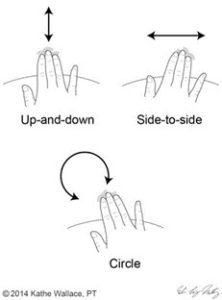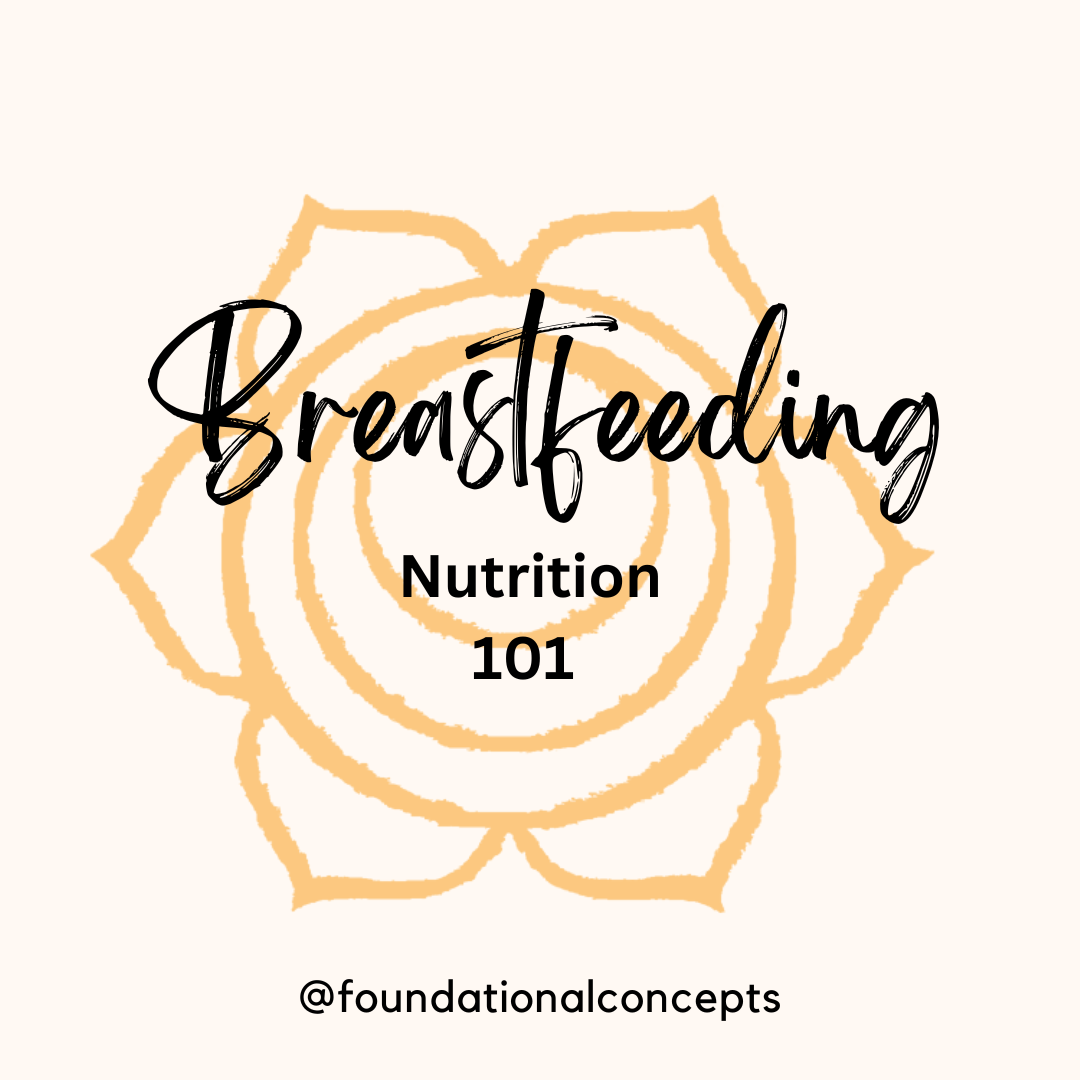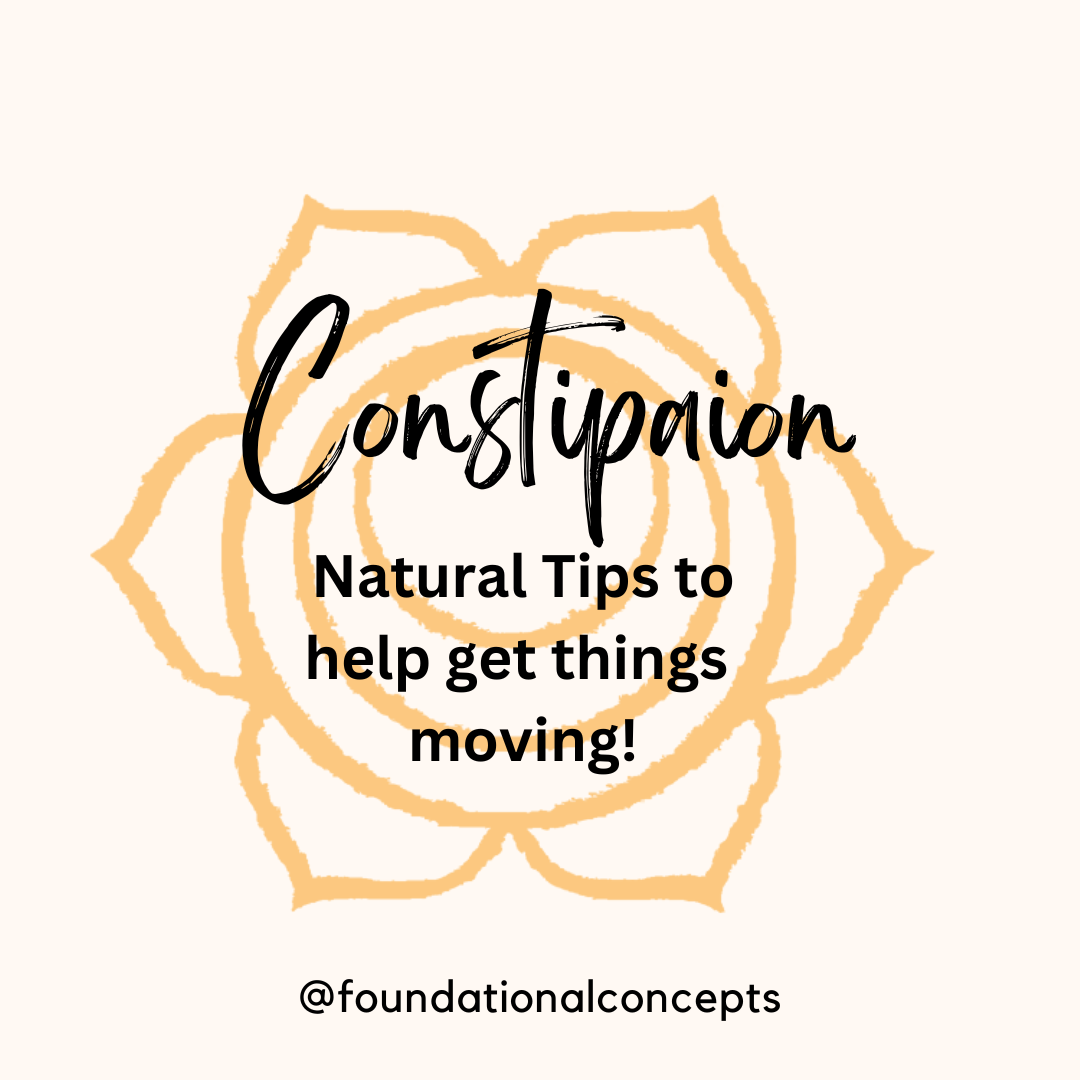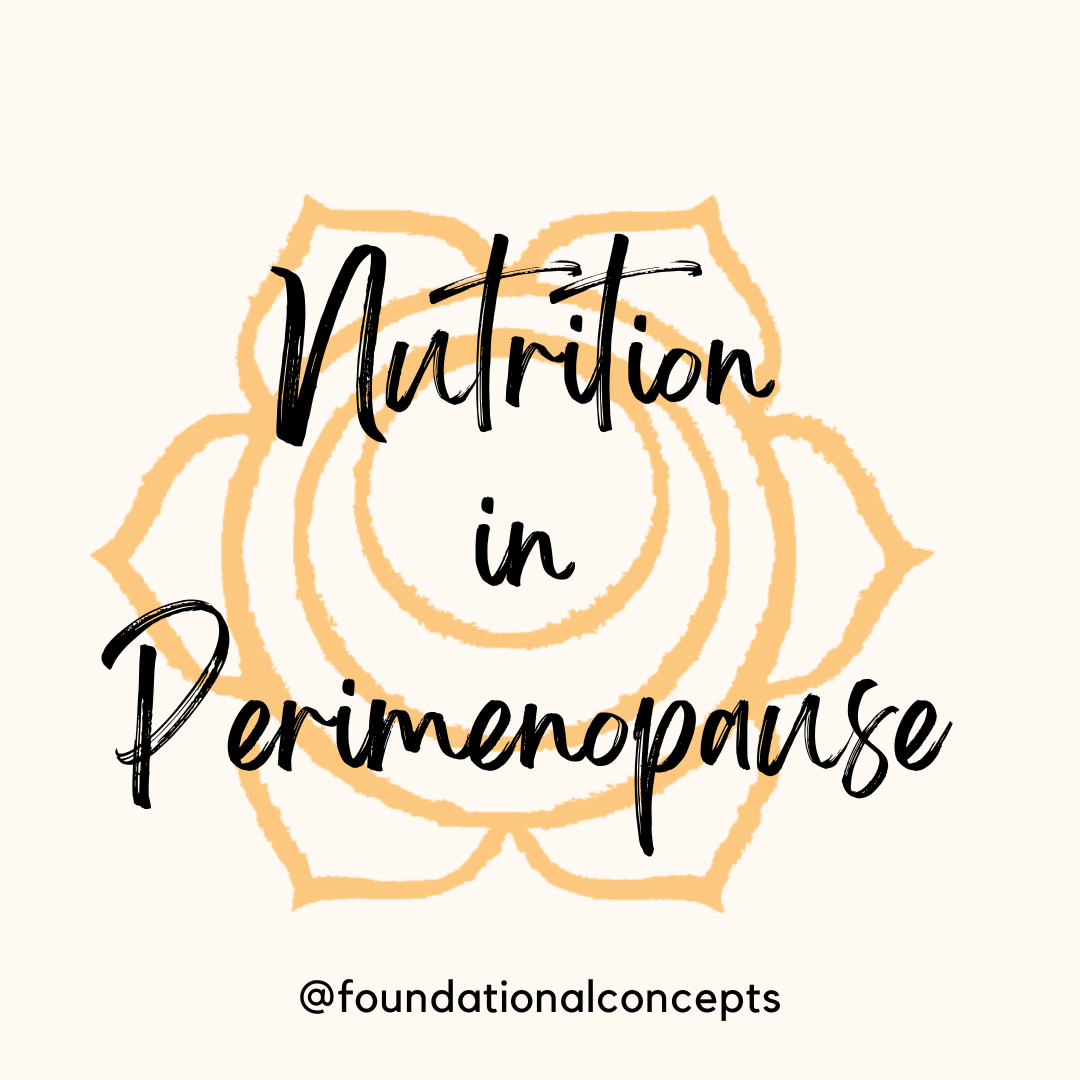Nutrition plays such an important role in our pregnancies and post-partum periods. Breastfeeding requires time…

Postpartum Recovery: Weeks 6-12
After your 6-week postpartum check up with your physician, you are “all clear” to return to life as you knew it. You may be thinking, “Off I’ll go to boot camp, Pilates or running,” or whatever activity you used to love. You will walk in the door to an eager partner, hoping to resume some intimacy. You think, “I’m all clear. But I am terrified! Sex already?” 6 weeks postpartum is just a physiological time frame for any incisions to have healed, reducing infection risk. However, everything isn’t expected to be back to normal!
Many women in the first 6 months after baby have organ prolapse. Many have experienced a perineal tear with vaginal delivery. Many will also have experienced avulsion of the pelvic floor muscles. Avulsion is when a muscle tears away from its attachment at the bone. A large portion of women will still have a Diastasis Recti in this phase of healing. So, the important thing to consider at this stage of recovery is how to return to the activity you love safely while avoiding worsening these injuries or creating new problems.
The truth is, everyone should see a pelvic physical therapist 6 weeks postpartum to screen for dysfunction. Your physical therapist can make good recommendations for exercise that is safe and appropriate for your body in the stage of recovery you are in. Every woman is different, every delivery is different, so every exercise program should be catered to you individually. The education a pelvic PT can provide in perineal care, body mechanics and posture is invaluable. A pelvic PT can help you restore good motor control so that your return to activity is safe and enjoyable.
If you do not have any symptoms of dysfunction (pain, incontinence, prolapse, weakness), here are some tips to continue along the path of wellness after baby.
First, as I mentioned in last week’s blog, if you have any concerns about postpartum depression you should find a mental health provider who can help. At our practice, Jennifer Worth is an amazing resource and we have seen first-hand how she has improved our patients’ progress in recovery. Ignoring the symptoms of depression can be detrimental to your physical healing as well as your ability to care for your baby, so please take steps toward finding someone to help you.
You will want to continue the diaphragmatic breathing that we discussed in the last blog. We know from research that just 5 minutes daily provides us with benefits to the immune system, cardiovascular system, nervous system and GI system. This is a life long tool that you can continue to benefit from and grow from for years to come. Teaching your little ones to use this tool for self-awareness and control of emotions is a wonderful way to include them in your routine!
You can begin to expand on the pelvic floor exercises from last week as well, beginning to pair them with the abdominal wall, diaphragm and deep spinal and hip musculature. It is important to be able to engage all these core muscles well to provide proper control for movements. I will give you some helpful hints for where to begin, but a great list of exercises to connect that core system can be found on our blog (https://www.foundationalconcepts.com/the-pelvic-chronicles-blog/connect-core/). OK, you’ve been working on finding and engaging the pelvic floor, so now we build on it! Close your eyes and inhale, noticing how the pelvic floor is relaxed. Now exhale and contract your pelvic floor like you are picking up a blueberry with your vagina. Notice your abdominal wall, it should be tensioning, a gentle flattening or zipping up. If your abdomen is bulging, ribs flaring, or you are holding your breath, you aren’t doing this correctly. STOP, and forgive yourself, and try again. You can do this. If you’ve got it do this for a set of 10 holding 10 seconds. Next do a set of 10 without holding, just contract/relax. Work on awareness of the abdomen, as well as your breath. Generally, when we inhale, the abdomen and pelvic floor relax. When we exhale, they are engaged.
If you delivered vaginally, read here for info on perineal massage. If you delivered by C-section skip to the next paragraph. You’re thinking YESSSSSS! I can’t wait to tell my husband I should get a massage! Well, before you jump for joy let’s talk about what this massage means. After vaginal delivery many women tear the tissues and muscles of the perineum. They are stitched up and scar down, which can be problematic. Now is when we begin massaging the scar so it will be more pliable and less painful. You can use any natural oil (I prefer coconut oil) on your thumb, and place the thumb just at the vaginal opening, where the tear is. With gentle pressure, make a sweeping motion through the tissues, from left to right and back left to stretch and work the scar. It will likely be a bit uncomfortable at first, but as you continue, it will lessen each time and often feel much better in 1-2 weeks. Perform this daily for 1-2 minutes.
If you delivered by C-section, you can most likely begin scar massage of your incision. If the incision is well healed, you should spend 1-2 minutes daily working this scar. Take the scar into circular movements, up and down and side to side. It also helps to work the tissues above and below the scar line.
Bowel health is important to prevent straining and worsening of any prolapse, which most of us have after baby. Make sure you are drinking plenty of water. You should take in about half your body weight in ounces (150lbs = 75 oz H2O). You also want to be certain you are eating enough healthy fiber. 20-30 grams of fiber daily, and it should come from clean food. Sorry ladies but Fiber One bars don’t count. Stay away from processed foods to keep bowels moving regularly. Aerobic exercise is another good tool for keeping things moving and this carries over into building endurance and strength. Normal poop schedule is 1-3 times a day to every other day. If you aren’t hitting that or you have pain with your poops, guess what? A pelvic PT can help with that!
Please know you don’t have to live with incontinence, prolapse, constipation or pain after baby. It isn’t the new normal. Yes, things are dramatically different after baby. But that doesn’t mean they have to be broken. Don’t accept the old mindset that, “It’s just what happens after you have kids”. Help is out there! At Foundational Concepts we provide a free 15-minute screen for all new mamas to determine if PT is right for you.
–Sarah Dominguez, PT, MSPT, WCS





